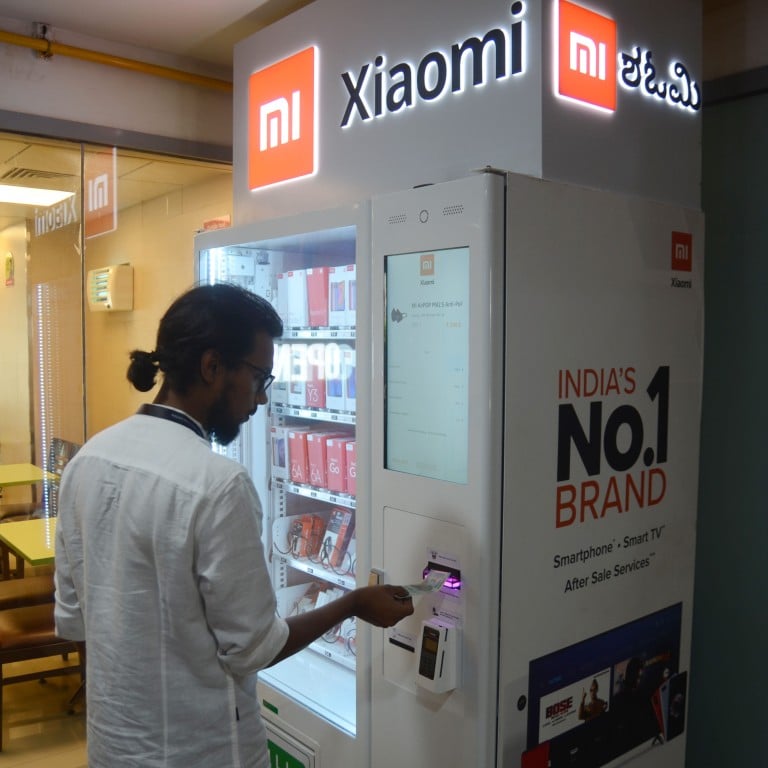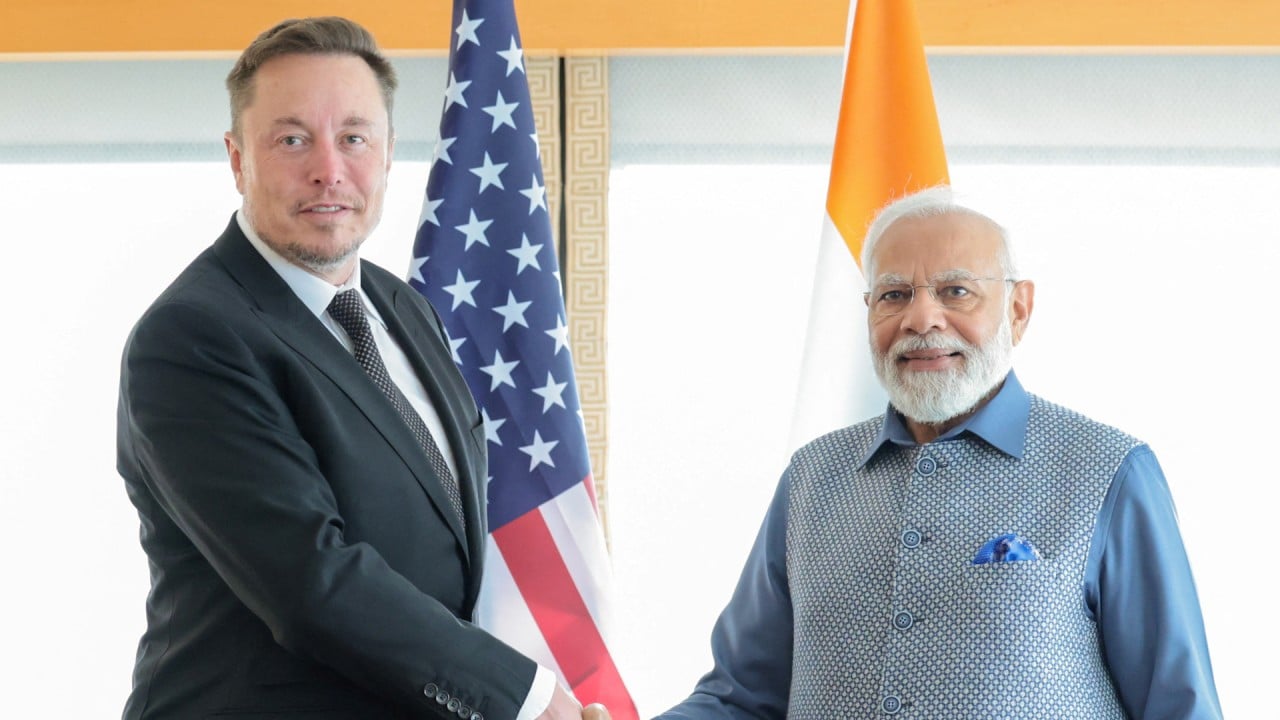
India’s crackdown on Chinese phone makers is just the first step in its economic development strategy
- Emboldened by US support, India is targeting Chinese smartphone companies after benefiting from their capital and technology
- But India’s economic nationalism is not new and once its other industries have matured, more foreign corporations can expect the same fate
This was followed by more foreboding news. On June 13, Indian newspaper The Economic Times quoted sources saying the government has asked Chinese mobile phone makers in the country, including Xiaomi, Oppo, Realme and Vivo, to appoint locals to key corporate positions, such as the chief executive, operating, financial and technical officers. They were also reportedly asked to appoint Indian contract manufacturers and local distributors.
This approach disregards international law and basic commercial principles.
India is becoming known as a graveyard for foreign companies. In addition to Chinese firms, multinationals such as Amazon, Walmart, Vodafone, Nokia, Samsung and Google have either suffered regulatory setbacks in the Indian market or been subject to huge fines.
From 2014 to 2021, as many as 2,783 foreign companies and their subsidiaries ceased operating in India.

Once the industries supported by foreign capital have matured or new markets have been opened up, Indian consortiums suddenly seem eager to take possession. Where fair competition gives them no advantage, they are not above lobbying the government.
India’s crackdown on Chinese phone makers is an example. Their entry opened up the Indian smartphone market, helping it grow in size and sophistication, and driving the development of the local smartphone manufacturing industry.
Now that India has become the second-largest mobile phone manufacturer in the world, the government is putting regulatory pressure on Chinese phone makers.
For years, New Delhi has been pushing to localise smartphone production, including through tariffs on imported parts, first encouraging local assembly, then component production.
Economic nationalism is not new to India. But in the past, this was an attitude that was directed at all foreign investment. In recent years, however, India’s crackdown on Chinese companies has been particularly severe.
Perhaps New Delhi believes it can get away with it, given the joint efforts of the US, the European Union, Japan and South Korea among others to suppress China, and the lack of support among Western nations for China.
The Indian government’s crackdown on Chinese smartphone makers such as Xiaomi is only the first step. Such a policy is likely to be extended to manufacturers in other industries, such as for laptops, home appliances and solar products.
India will maintain a friendly attitude towards companies from countries such as the US, Japan and those in Europe – for now. This is probably because India is both eager to attract capital and advanced technology from these countries and wary of political pressure. Besides, the industrial and supply chains that the foreign hi-tech companies are investing in may not yet be mature enough to stand on their own.
Dr Liu Zongyi is a senior fellow and secretary general of the South Asia and China Center, Shanghai Institutes for International Studies (SIIS)




